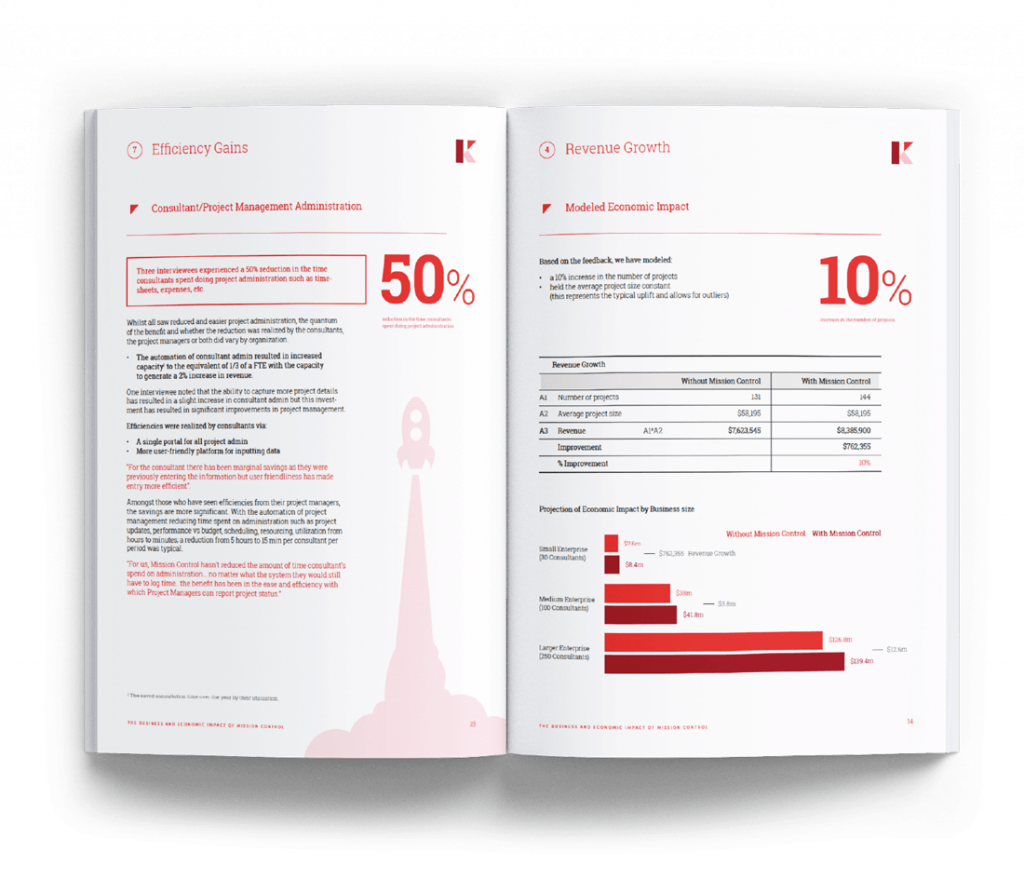Introduction
In today’s fast-paced business environment, achieving efficiency, agility, and scalability in operations is essential. For businesses using Salesforce, Business Process Management (BPM) can significantly improve operational workflows and optimize performance. By leveraging Salesforce Business Process Management, organizations can streamline complex processes, increase cross-departmental collaboration, and improve decision-making. This integration between Salesforce’s robust CRM capabilities and advanced process automation tools makes Salesforce Business Process Management a powerful strategy for businesses aiming to stay competitive.
What is Salesforce Business Process Management?
Salesforce Business Process Management involves creating, optimizing, and managing business processes directly within the Salesforce platform. Unlike traditional CRM functions that focus primarily on customer data, Business Process Management emphasizes the entire operational workflow. Salesforce’s BPM capabilities allow businesses to automate repetitive tasks, track progress in real time, and analyze processes to identify bottlenecks. This integration enhances user efficiency and enables organizations to drive process improvements across sales, marketing, customer service, and back-office operations.
Benefits of Salesforce Business Process Management
One of the key advantages of Salesforce Business Process Management is the ability to manage all processes within a single, cohesive platform. The integration facilitates seamless data flow across departments and enables businesses to:
- Automate Processes: By automating routine tasks, businesses can reduce human error and free up employees to focus on more value-added activities.
- Improve Accountability and Transparency: Each stage of a process is documented, making it easier to track progress and ensuring accountability among team members.
- Enhance Customer Satisfaction: Automated and streamlined processes lead to faster response times and improved service quality, enhancing the overall customer experience.
- Optimize Resource Allocation: BPM helps organizations allocate resources efficiently by analyzing data on process performance and productivity metrics.
- Gain Real-Time Insights: With Salesforce’s reporting and analytics capabilities, businesses can monitor process effectiveness in real-time, allowing for proactive adjustments.
Key Components of Salesforce Business Process Management
Salesforce Business Process Management includes several core components that enable comprehensive process management within the CRM:
- Process Builder: Salesforce Process Builder allows users to create automated workflows with if/then logic, triggering actions based on specific conditions. This tool is essential for automating repetitive tasks like sending email alerts, updating records, or assigning tasks.
- Salesforce Flow Builder: Salesforce Flow Builder provides a more sophisticated approach to automation, allowing for multi-step processes that can be triggered by user interactions or data changes. With Salesforce Flow Builder, businesses can create complex, guided workflows, such as lead nurturing sequences or onboarding programs.
- Approval Processes: Salesforce Approval Processes facilitate the routing and approval of records, ensuring compliance and accountability. For instance, a sales proposal might go through multiple levels of approval, each documented within Salesforce, minimizing approval time and avoiding bottlenecks.
- Custom Objects and Fields: Salesforce allows businesses to tailor processes to their unique requirements by creating custom objects and fields. This flexibility ensures that Salesforce Business Process Management can support various business models and requirements.
- Analytics and Reports: Salesforce’s robust reporting capabilities enable managers to monitor KPIs, track progress, and identify process inefficiencies. Data insights allow businesses to make informed decisions and optimize processes for better outcomes.
Implementing Salesforce Business Process Management
Implementing Salesforce Business Process Management effectively requires a clear strategy and an understanding of each department’s workflow requirements. Here’s a general guide to implementation:
- Identify Core Processes: Start by identifying key processes that would benefit from automation or restructuring. For example, lead management, order processing, and customer support workflows are often optimized through BPM.
- Map the Processes: Document each step of the process to gain a clear picture of current operations. Salesforce Flow Builder and Process Builder can be invaluable tools in this stage, as they offer the flexibility to customize the process based on unique requirements.
- Automate and Monitor: Use Salesforce automation tools like Process Builder, Salesforce Flow Builder, and Approval Processes to create workflows and set up monitoring to ensure each process runs as planned. Real-time analytics help monitor effectiveness, allowing for ongoing adjustments.
- Review and Optimize: Regularly review processes to ensure they continue to meet the organization’s objectives. Salesforce Business Process Management encourages continuous improvement by providing insights that highlight potential areas for enhancement.
Real-Life Examples of Salesforce Business Process Management
Salesforce Business Process Management has proven beneficial for organizations in various industries. Here are some examples:
- Sales Operations: A global technology company uses Salesforce BPM to manage its sales pipeline. By automating lead assignment, follow-up reminders, and proposal approvals, the company has significantly reduced lead response time and increased conversion rates.
- Customer Service: A financial services company leverages Salesforce BPM for customer support, automating case routing, escalation, and resolution workflows. This has enabled the company to decrease response times and improve customer satisfaction scores.
- HR Processes: A retail brand uses Salesforce Business Process Management for employee onboarding, setting up automated workflows for background checks, document collection, and training assignments, which speeds up the onboarding process and ensures consistency across locations.
Conclusion
Salesforce Business Process Management is a transformative approach that empowers organizations to achieve operational excellence and customer satisfaction. By combining process management and CRM functionalities in one platform, businesses can streamline workflows, reduce redundancies, and gain valuable insights. Whether managing sales, service, or back-office processes, Salesforce Business Process Management offers an integrated solution for driving productivity and ensuring all operations are aligned with strategic goals. Embracing Salesforce Business Process Management can be the key to staying competitive and responsive in today’s dynamic business landscape.




